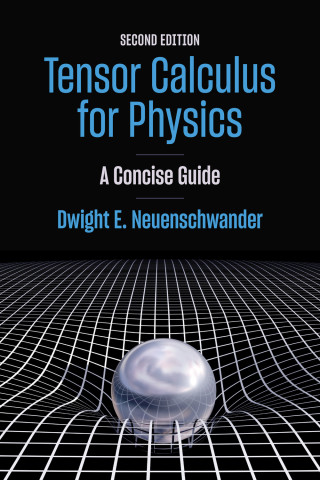
Reviews
The first thing I noticed when I picked up Hidden Harmony was its excellent production quality and aesthetics... The next thing that attracted me to the book was Leibowitz's impeccable taste... He writes extremely well, conveying his convictions in an erudite manner totally devoid of snobbery.
An original perspective on the relation between physics and art.
The author's comments on art are as stimulating as his exposition of physical theories is clear.
This is a thoroughly thought-provoking, accessible read, which not only provides some interesting views on art but gives some very nice insights into the concepts underlying physics.
This material undoubtedly resulted in an excellent classroom experience and if one were contemplating offering such an interdisciplinary course it might be a useful resource.
Hidden Harmony is a very engaging, well written and beautifully illustrated book. I highly recommend it.
Book Details
Preface
1. The Mind's Eye as Interpreter
2. What Is Saved and Why
3. What Is Broken and How
4. The Balacen of Shapes
5. Some Visual Elements in Art
6. Searching for Light
7. Einstein's Relativity and the
Preface
1. The Mind's Eye as Interpreter
2. What Is Saved and Why
3. What Is Broken and How
4. The Balacen of Shapes
5. Some Visual Elements in Art
6. Searching for Light
7. Einstein's Relativity and the Escape from Relativism
8. Form in Impressionism and Postimpressionism
9. Cubism and the Expanding Horizon
10. The Growing Circle of Understanding
Notes
Index





